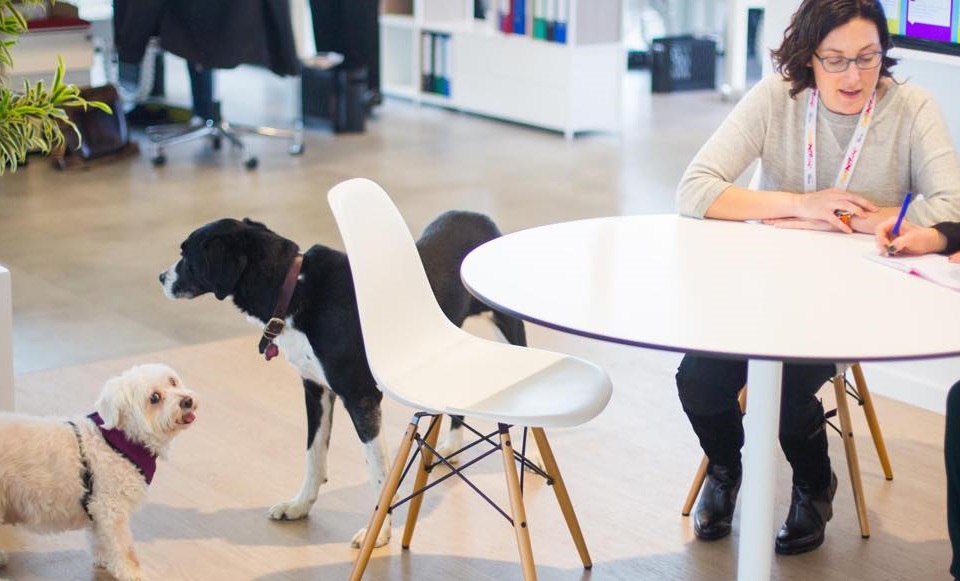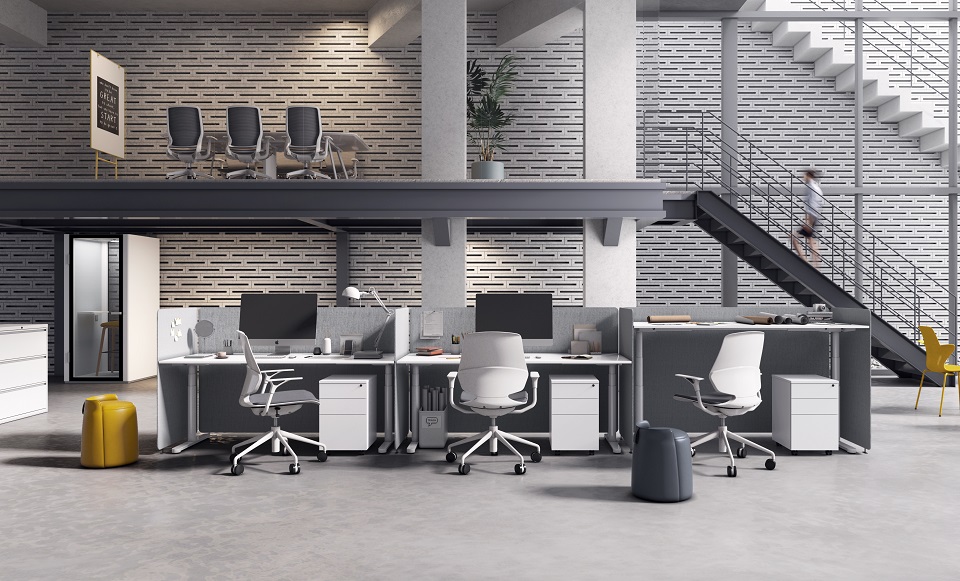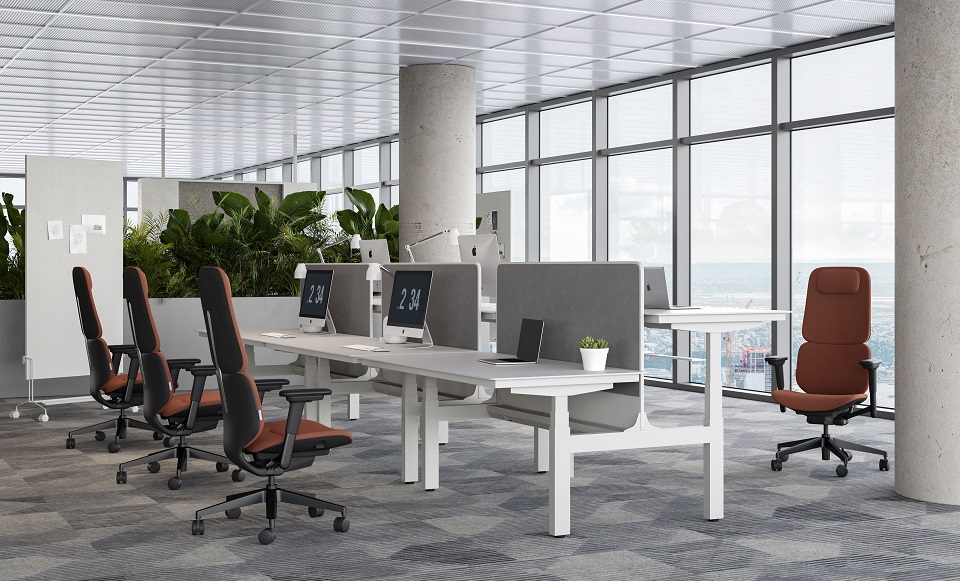
When it comes to designing your office layout, there are many factors to consider. Not only does your layout need to be functional, but it should also reflect your company's culture and values. The right office layout can improve productivity, boost morale, and even attract and retain top talent. In this blog post, we'll explore some key considerations when choosing the best office layout for your company.
Before you start designing your office layout, you need to determine your company's needs. What type of work do you do, and what do your employees need to be successful? For example, if your employees spend most of their time on the phone, you may want to consider a layout with private offices, soundproof cubicles, or office pods to minimize distractions. On the other hand, if your employees work collaboratively, an open office layout with communal workspaces and meeting areas may be a better fit.
In order to be healthy, employees also need an ergonomic office. They need ergonomic chairs, standing desks, etc to help them work more comfortably, healthier.
Your office layout should also reflect your company culture. If you have a laid-back, informal culture, a more open layout with communal workspaces may be a good fit. If your company culture is more formal, private offices or cubicles may be more appropriate. You want to create an environment that aligns with your company's values and encourages collaboration and communication.
Your budget will also play a significant role in your office layout decisions. The more elaborate your design, the more expensive it will be. Be realistic about what you can afford and prioritize your needs. Determine what is most important for your employees and focus on those areas first.
The size of your space will also impact your office layout decisions. If you have a small office, you may need to get creative with your layout to maximize space. For example, you may want to consider using multi-functional furniture, such as desks that can double as storage space. If you have a large office, you may have more flexibility in your layout, but you'll also need to consider how to create a cohesive environment that still allows for collaboration and communication.
Lighting is an often overlooked but important aspect of office design. The right lighting can improve productivity and boost mood. Natural light is ideal, so if possible, try to incorporate large windows or skylights into your design. If natural light isn't an option, consider using LED lighting, which is energy-efficient and provides a more natural light than fluorescent bulbs.
Noise levels are another consideration when designing your office layout. If your employees need a quiet environment to work, consider using soundproof materials, placing some office pods, or creating designated quiet spaces. On the other hand, if your employees work collaboratively, you'll want to incorporate spaces that encourage communication and interaction.

Creating spaces for collaboration and communication is essential for modern offices. Many companies are moving away from traditional cubicle layouts and towards more open, communal spaces that encourage interaction and collaboration. Think about incorporating communal workspaces, meeting areas, and brainstorming rooms into your design.
Ergonomics is the study of how people interact with their work environment. Designing an ergonomic office layout can help reduce the risk of workplace injuries and improve productivity. Consider using adjustable chairs and desks that can be customized to each employee's height and posture. You may also want to incorporate standing desks or other ergonomic furniture into your design.
Finally, it's important to plan for growth when designing your office layout. Your company may be small now, but if you're planning to expand in the future, you'll want to create a design that can accommodate growth. Think about how you can add additional workstations or private offices when you need.

Previous: Importance Of Ergonomics In The Office

Jun. 21, 2023

Jun. 20, 2023

Jun. 16, 2023

Jun. 15, 2023

Daniel Yao
Yose Lang